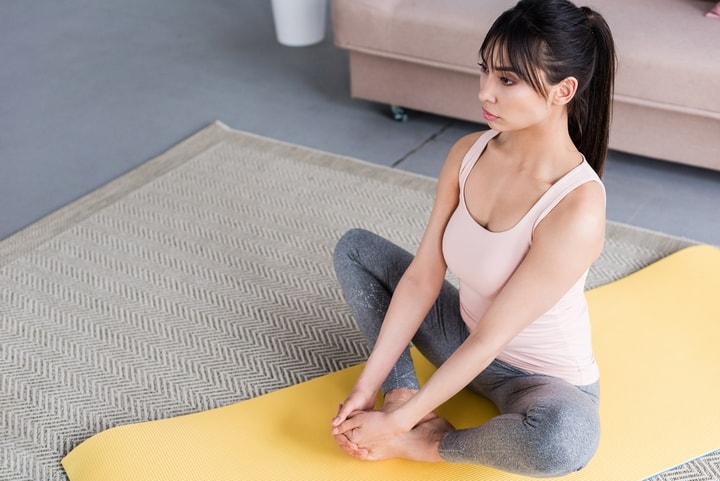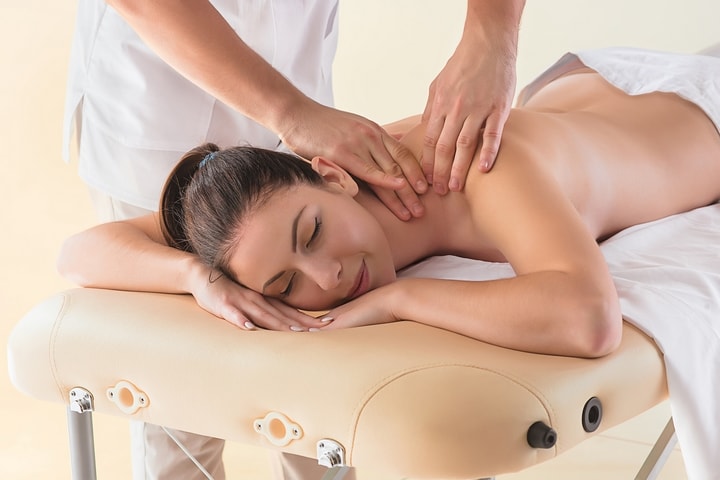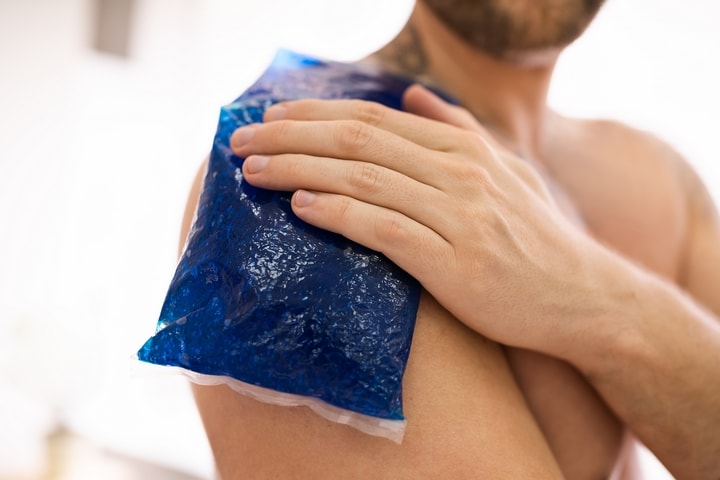You might not have thought about your shoulders until that sharp pain kicked in. Sometimes, shoulder pain can be due to raising your hands for a while or simply combing your hair, although such cases don’t call for much attention. Over time, shoulder pain may escalate into shoulder tension. Tension in your shoulder creates a tight feeling and occurs in the long run, unlike the usual shoulder pain.
Shoulder tension is a common issue for adults since they are more exposed to the causing factors than children. Fortunately, the problem is quite manageable, and you’ll be active in no time. The best way to get rid of shoulder tension is to work strategically and get enough rest to keep your body re-energized for more work. That way, you won’t even have to worry about elimination since there will be no more shoulder tension-prevention is better than cure.
Here are the various causes of shoulder tension:
- Constant overuse of the shoulders and related parts.
- Shoulder dislocation from fall accidents.
- Shoulder bone fractures.
- Poor posture.
- Constant stress and anxiety issues.
- Exposure to freezing temperatures.
- Poor or inappropriate movement habits.
- Excess exercises or training.
Here is a guide on how to get rid of shoulder tension:
1. Visit the Chiropractor

If your shoulder tension persists, it’s time to visit the chiropractor. Being more qualified and experienced in the field, the professional will diagnose your condition and offer the most efficient solution you might not have considered.
During this time, the chiropractor North York points out other possible causes of the shoulder tension. They may recommend you to specialists, X-rays, MRIs, CT scans, or EMG. Visiting the chiropractor is the best way to eliminate shoulder tension.
2. Exercises for Shoulder Tension

Your tight shoulders need some stretches and exercise to loosen and have you energized once more. There are plenty of activities suitable for managing shoulder tension, from shoulder raises, arm stretches or lifts, and shoulder rolls, to arm swings and claps.
You don’t have to hit the gym for these tricks; some of them can be effortlessly done at home with a yoga mat and some cool music to keep your mood elevated throughout the session. Even so, ensure not to over-exercise as this will cause further pain and tension to the affected shoulder(s).
3. Meditation for Shoulder Tension

As highlighted earlier, shoulder tension can be caused by excess stress and anxiety, and that’s where meditation comes in. Professionals have proven meditation as the most effective way of managing stress, depression, or anxiety issues and more reliable when blended with other forms of treatment.
Sometimes a thirty-minute meditation session can take away all the shoulder tension. You can sit in a comfortable and disruption-free spot, close your eyes, breathe in, hold your breath, and breathe out; welcome to the world of meditation.
4. Massages for Shoulder Tension

Whether personal, professional, or friendly, everything gets better with a massage. Some tips for personal massage include rubbing or squeezing your shoulder muscles with your hands or running a towel over the shoulder.
For more effective results with no expense, you can get a family member or friend to knead your shoulders softly. However, a professional shoulder massage is best if you wish for more long-lasting effects and a guaranteed value of your money back. You can’t miss a massage shop in your local town; get those muscles working again.
5. Heat and Cold Therapies

Applying heat to the affected shoulder helps reduce the tension and improves muscle relaxation and blood flow around the area. You can use a heating pad, warm bag, or a towel dipped in warm water to rub the area at least once or twice daily. Kindly remain mindful of the temperatures to avoid adverse heat effects on your body.
On the other hand, ice application involves using ice bags or bottles to reduce inflammation, pain, and tension in the shoulder. Ensure to do this at least twice a day for more effective results.
However, adverse cold temperatures can affect your body’s functioning; therefore, you should wrap the ice bags or bottles around a towel to provide cold insulation to the body. Additionally, don’t run ice over your body for so long to inhibit the chances of numbness or shivering.
6. Tension Creams

Plenty of creams can be used to manage and eventually eliminate shoulder tension. The creams, which mainly contain menthol for warming and cooling effects, are responsible for relieving pain or pressure in the affected area.
Baclofen, Tizanidine, and Cyclobenzaprine are the most common muscle relaxant creams available in various pharmacies with or without a doctor’s prescription. Be mindful of the amount of cream you apply to your shoulder, as too much can cause more pain, delaying the healing process.
Remember that most of these creams have several effects on the user, such as drowsiness, and shouldn’t be applied when one has a crucial task ahead of them.